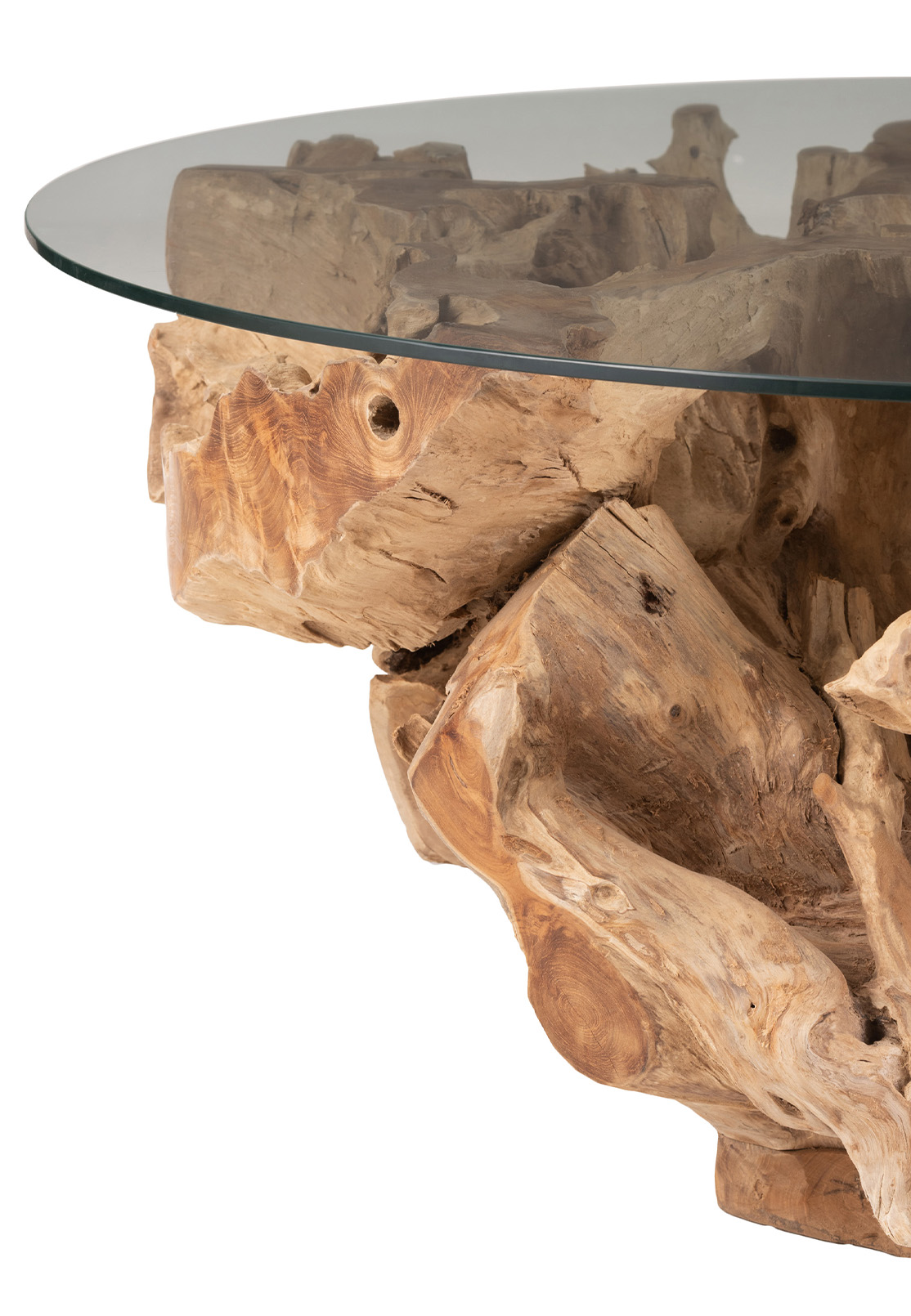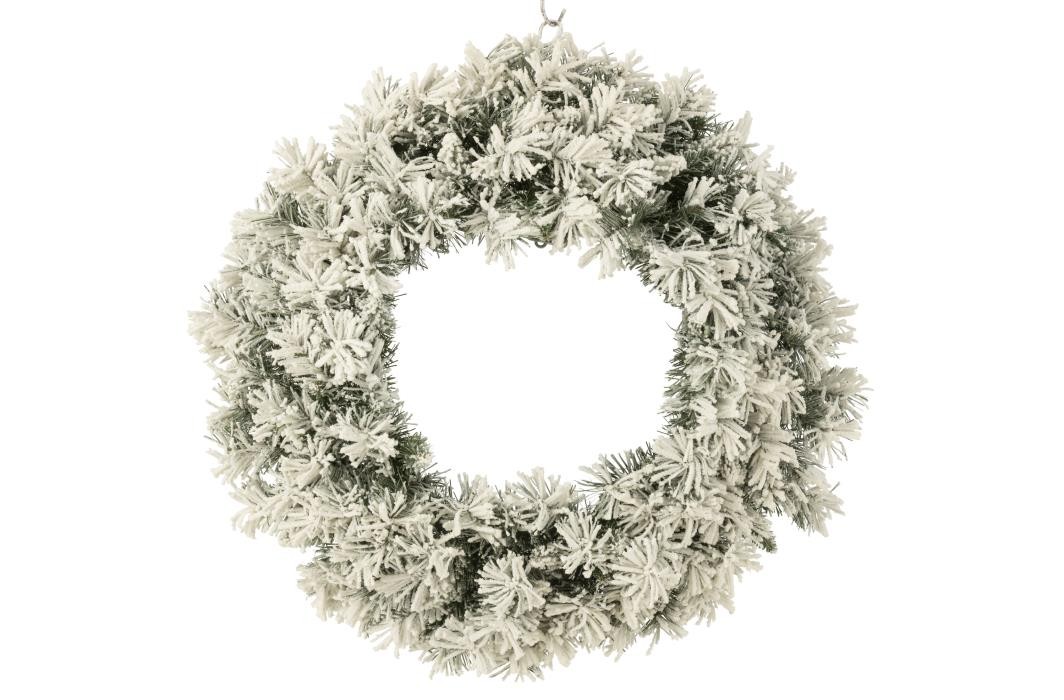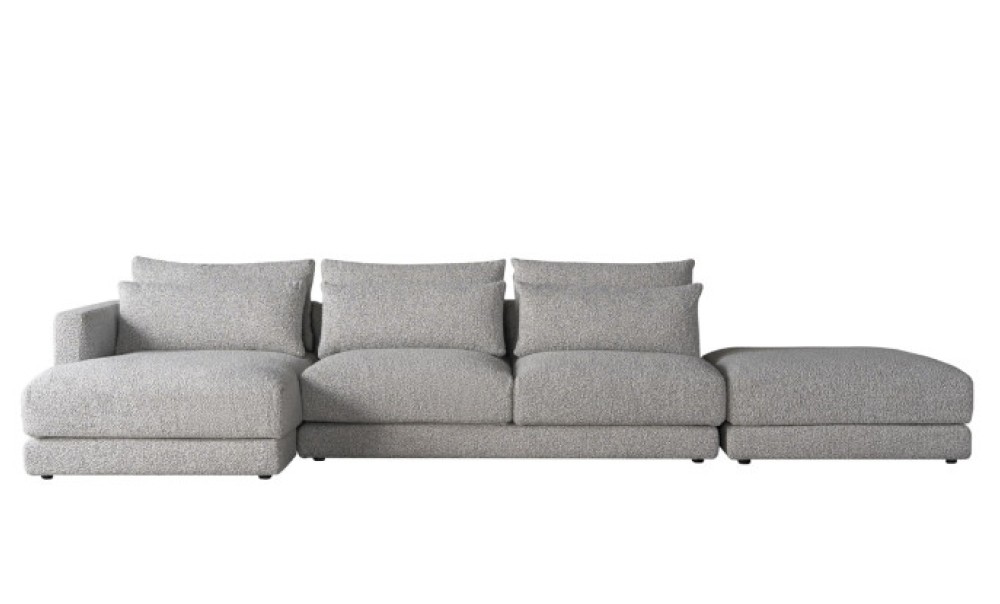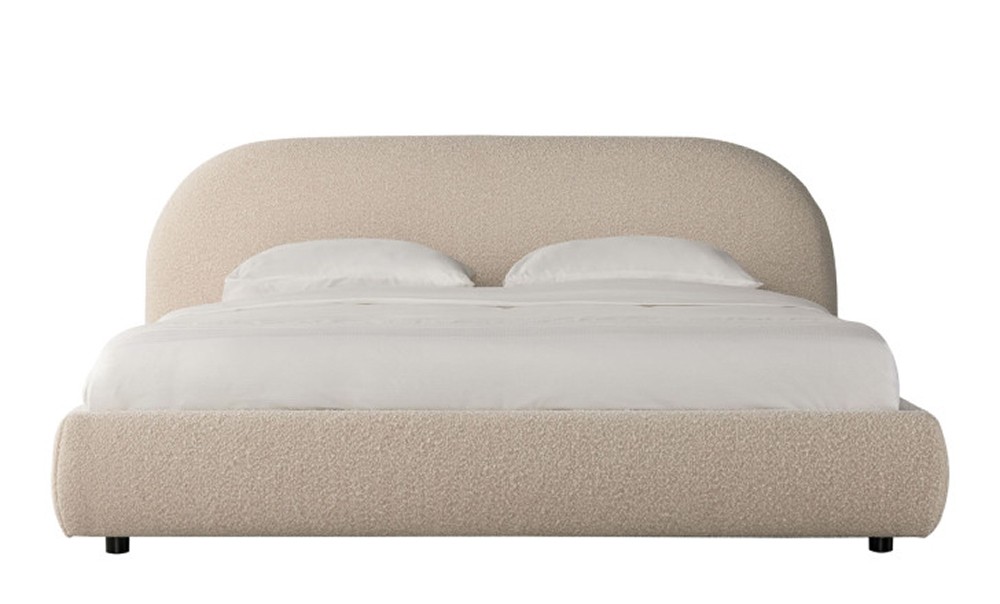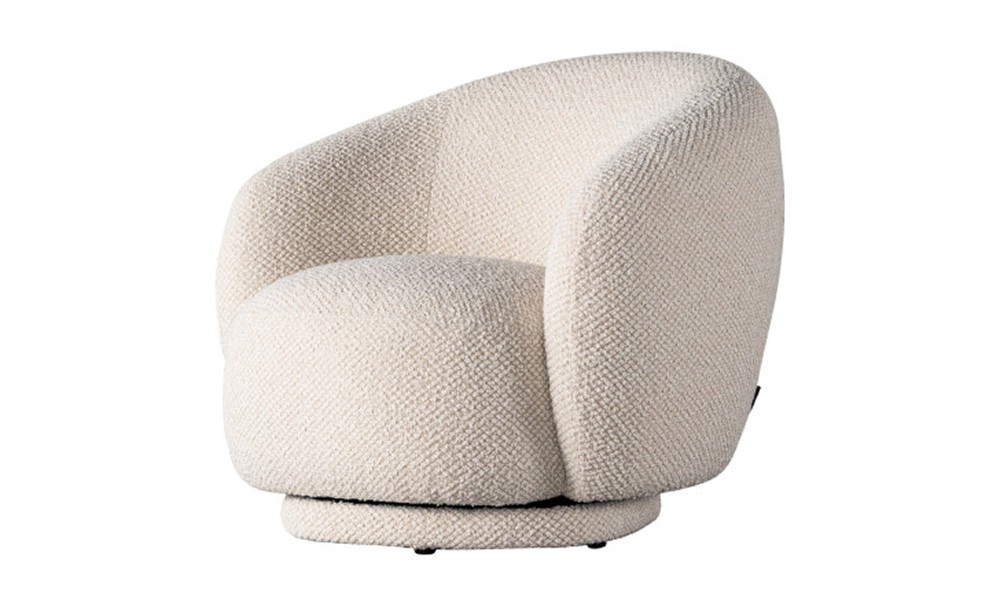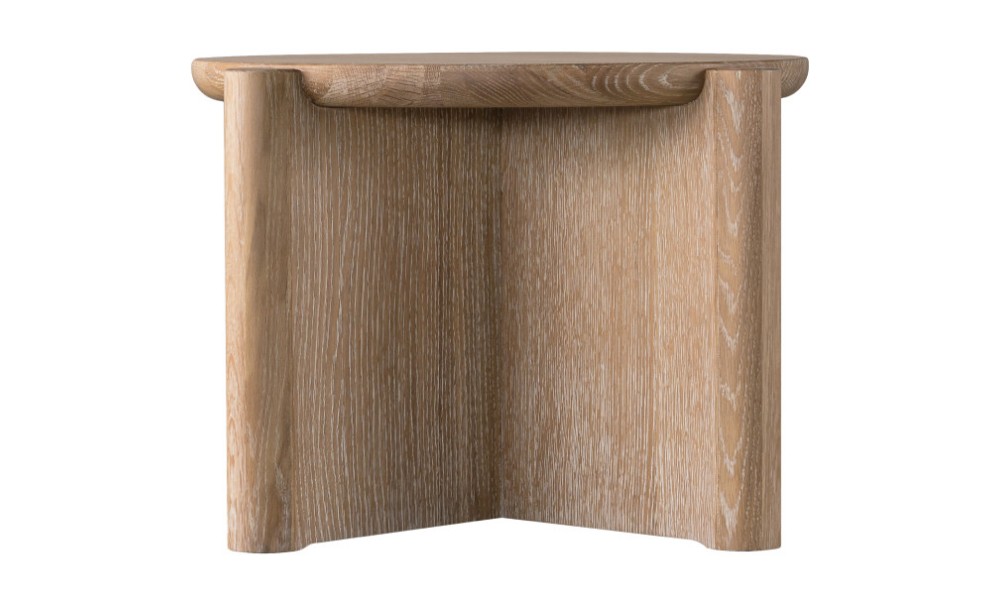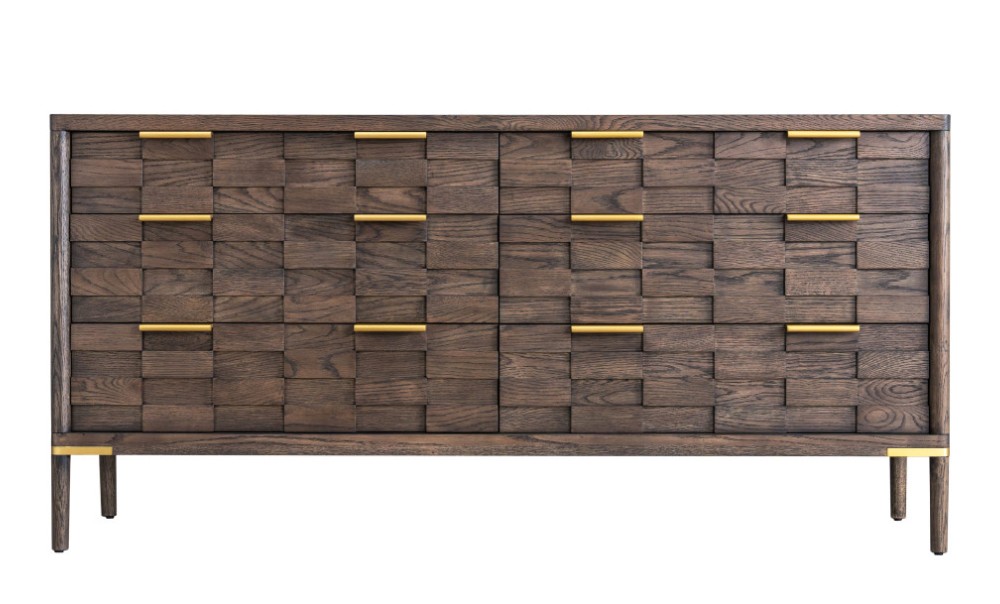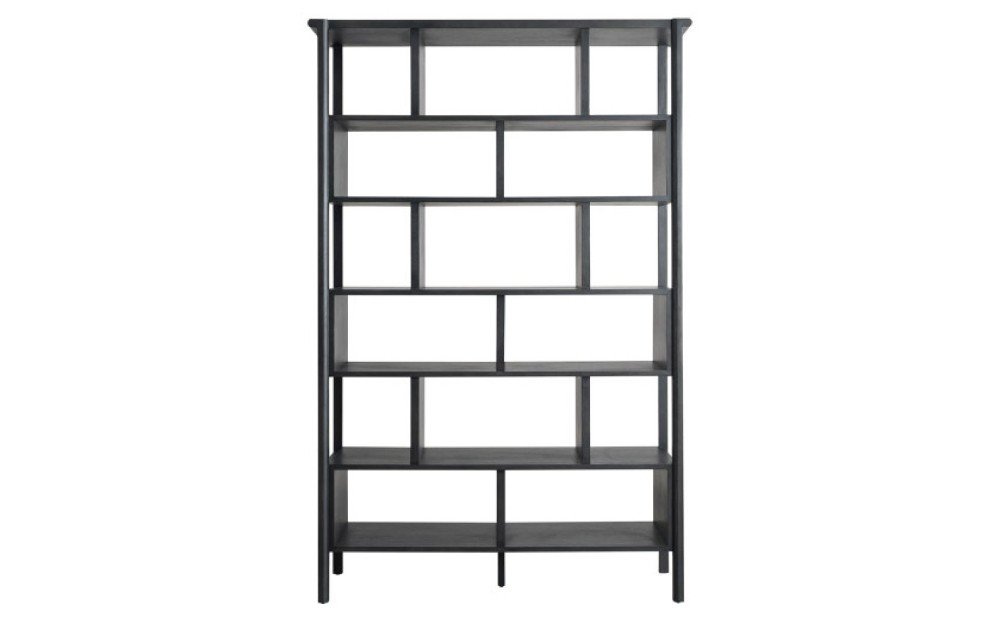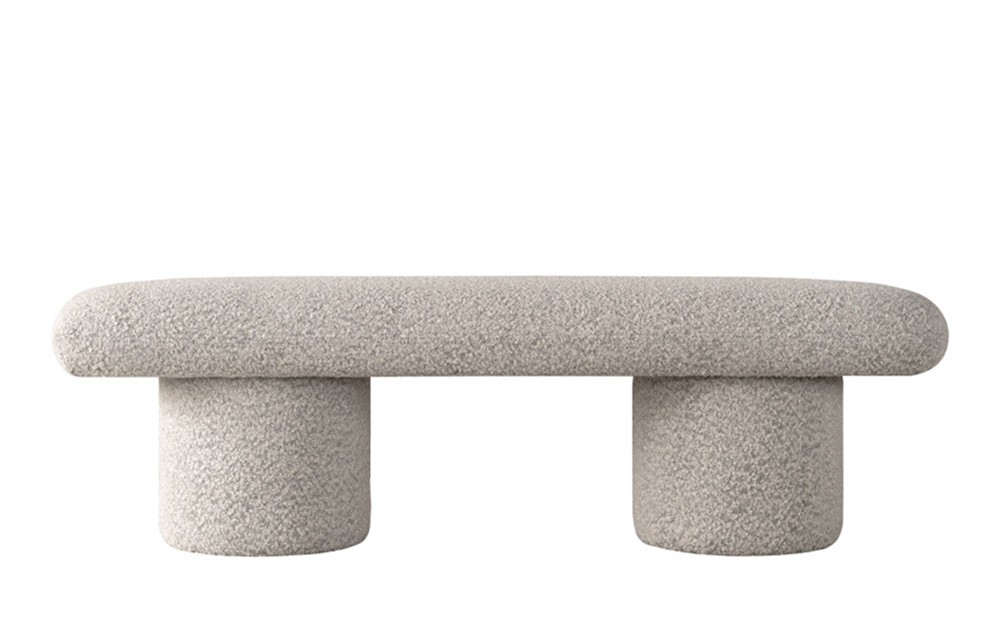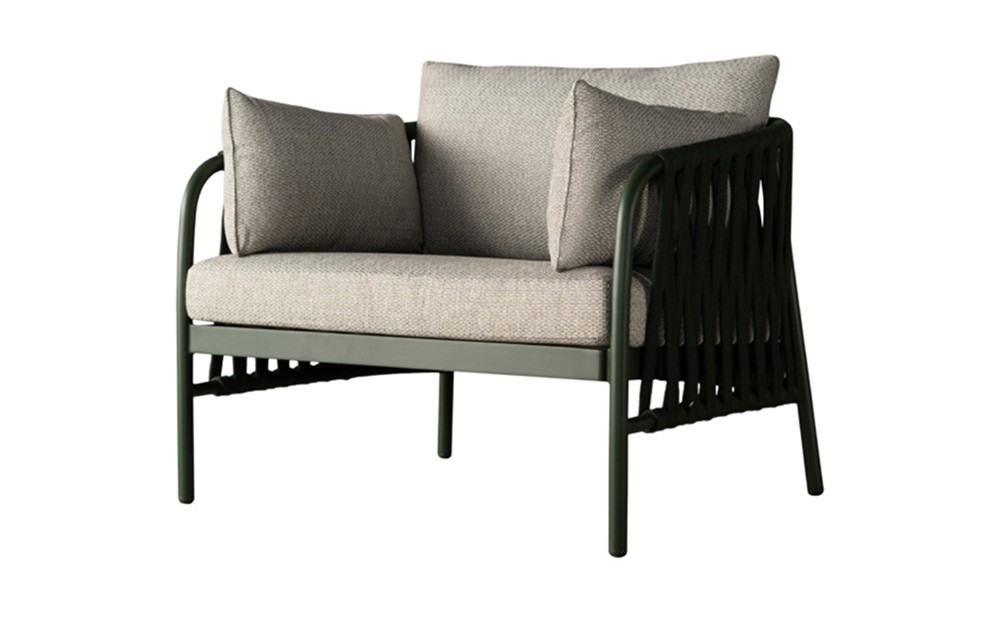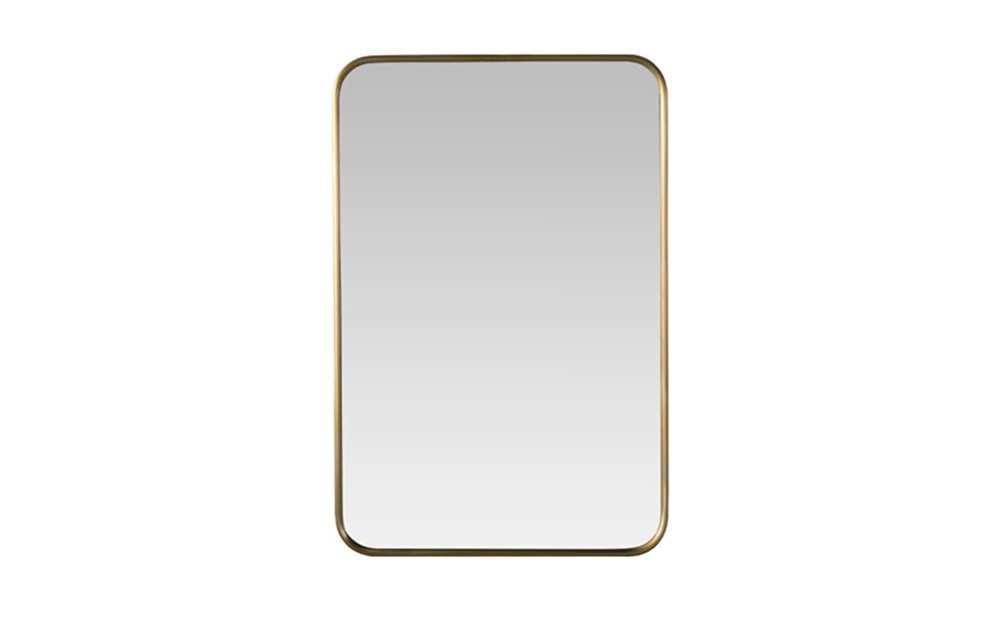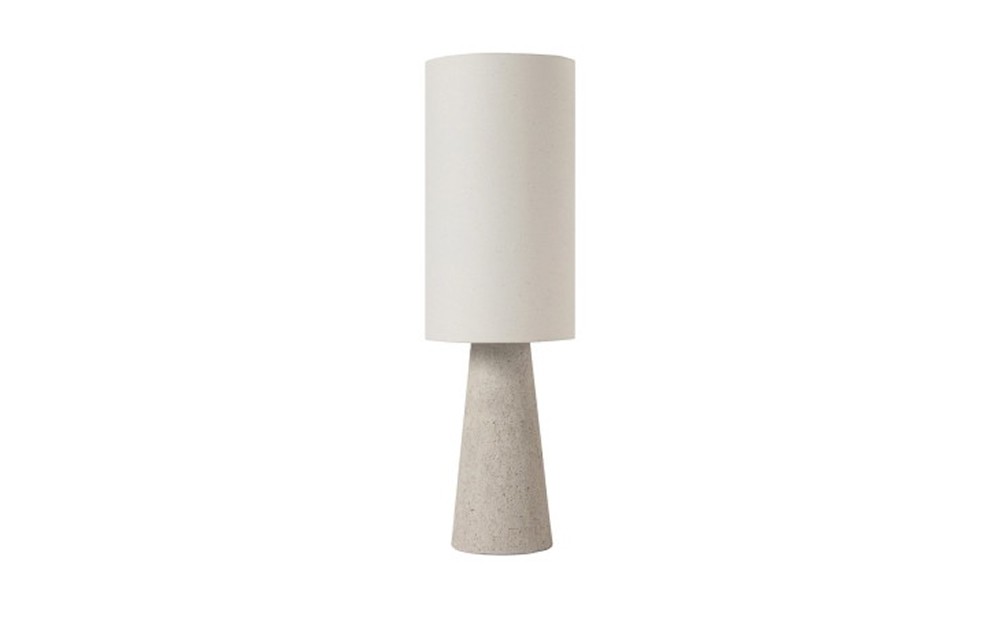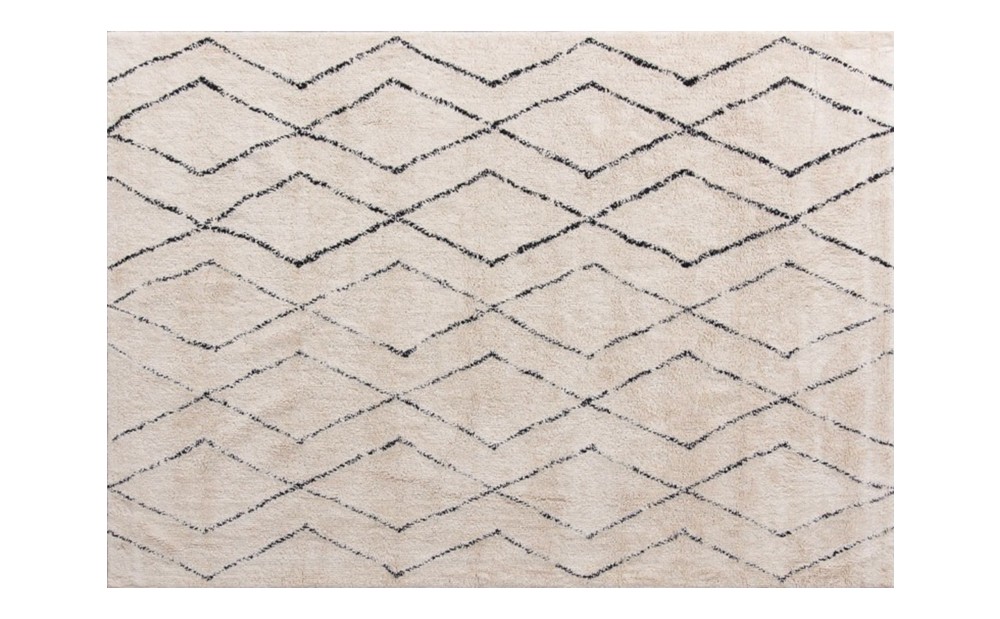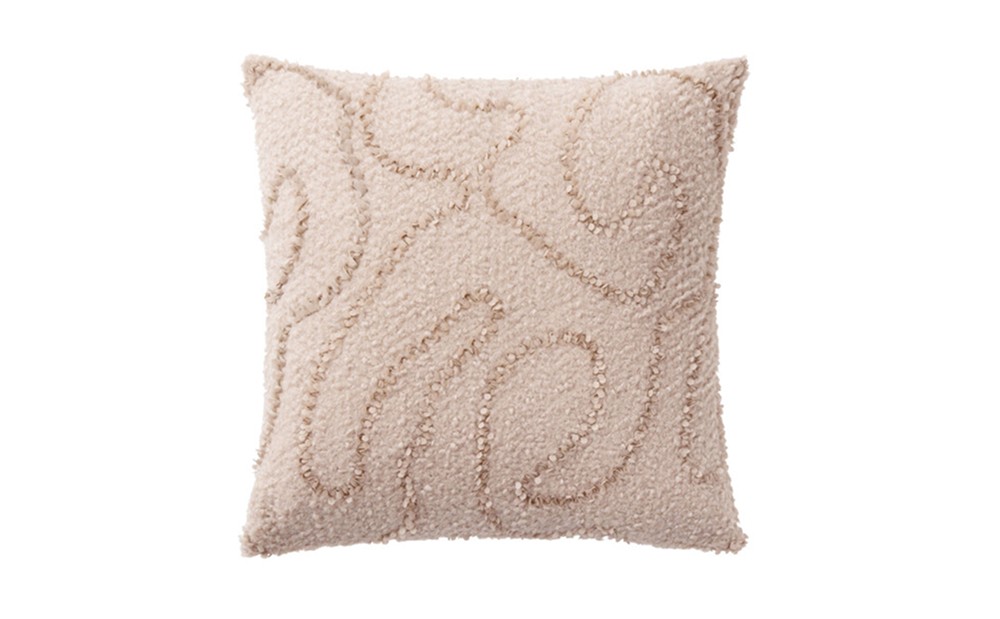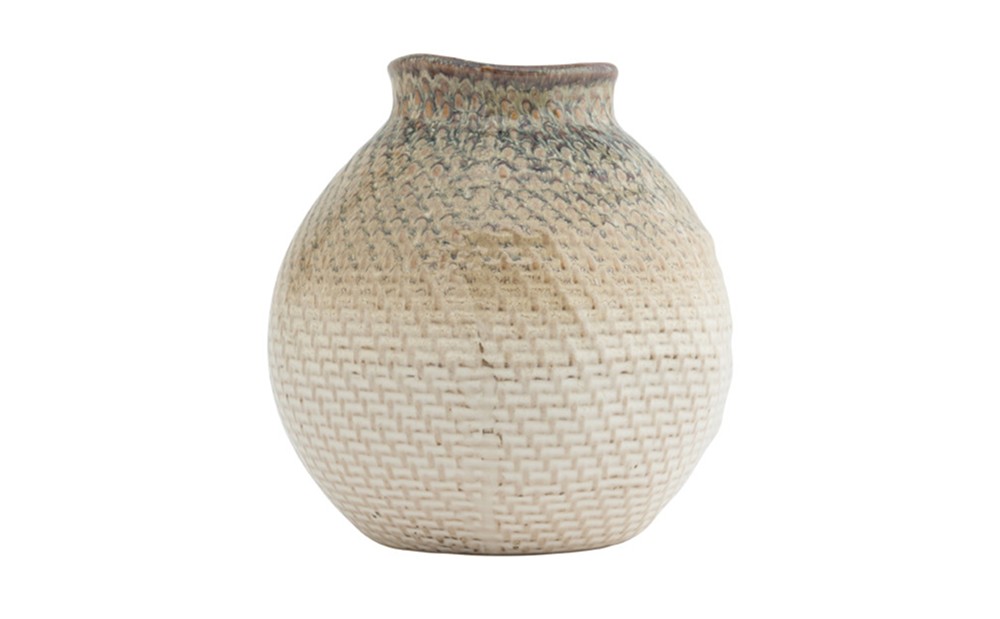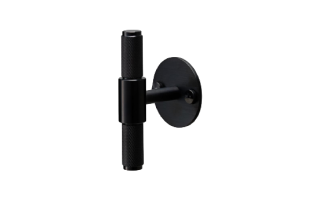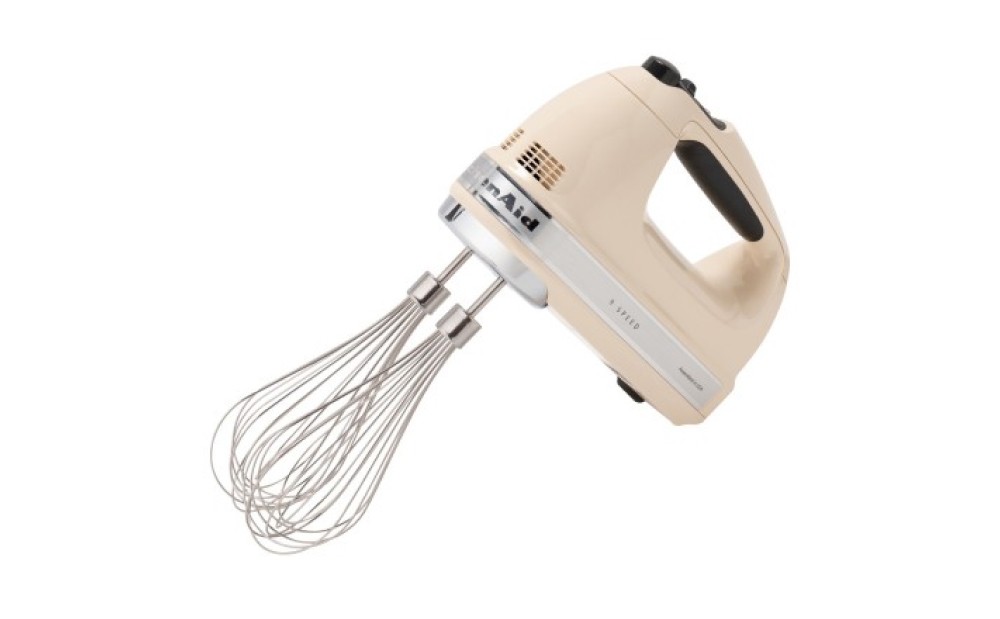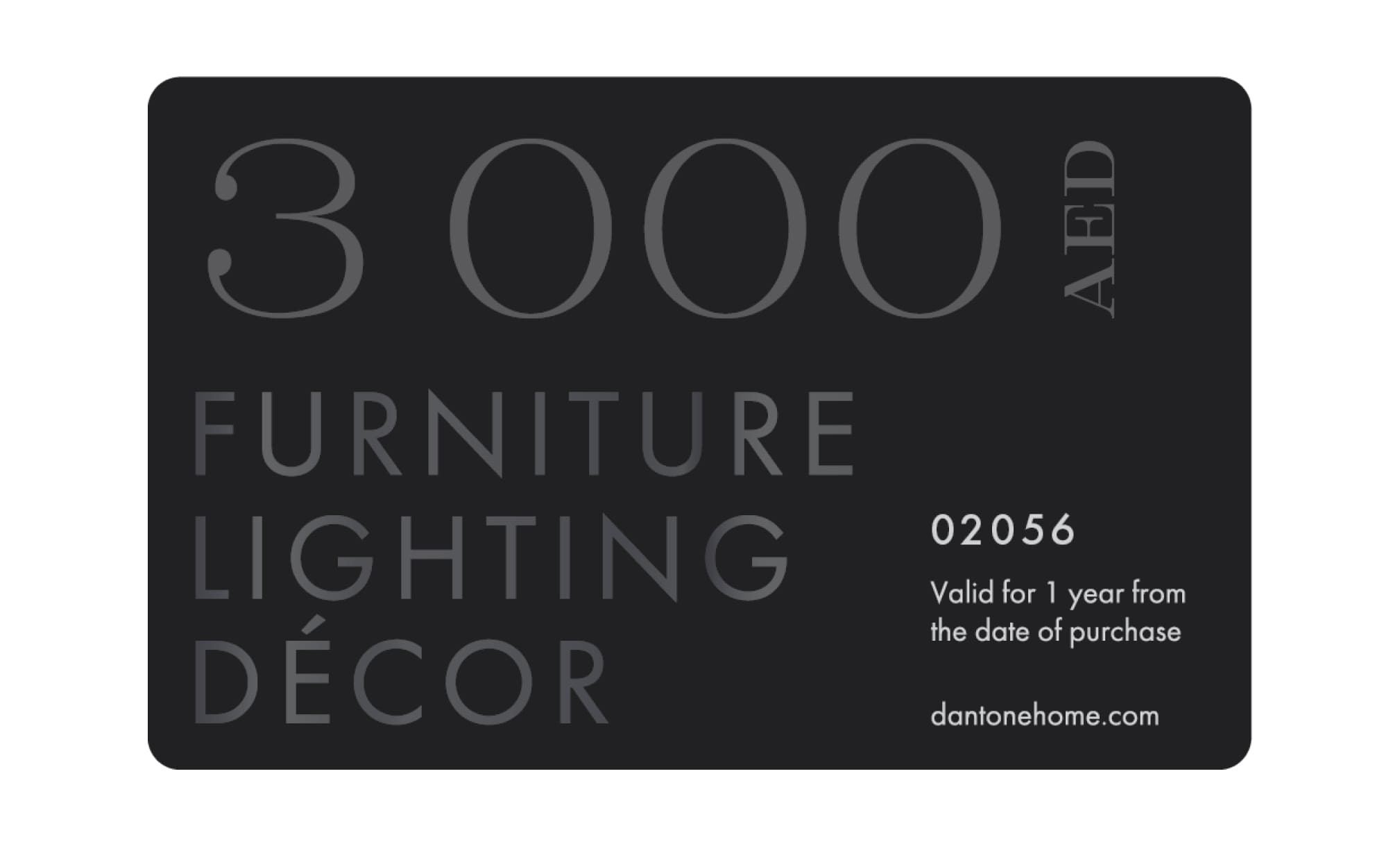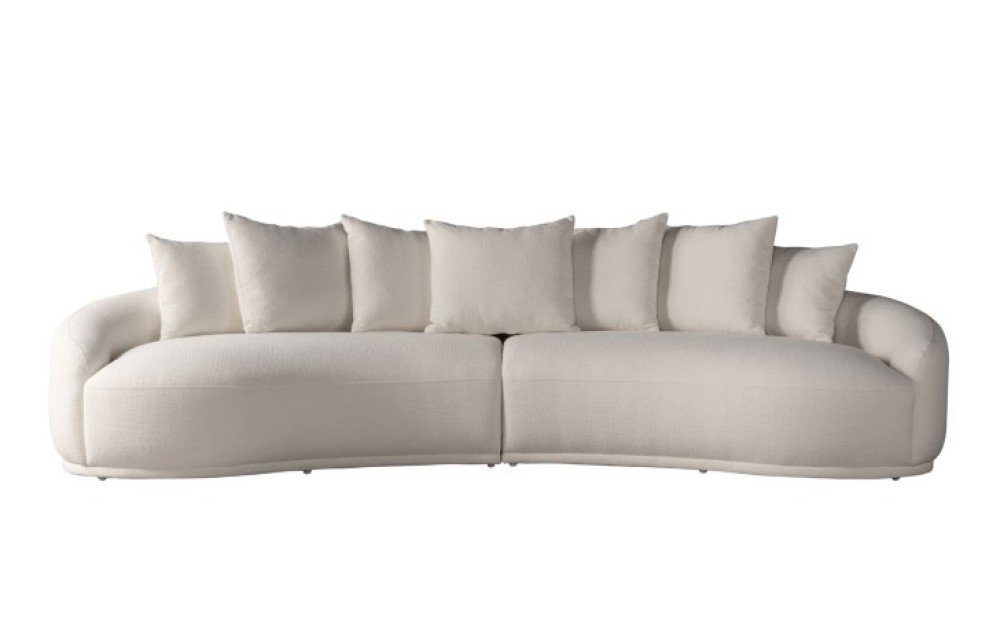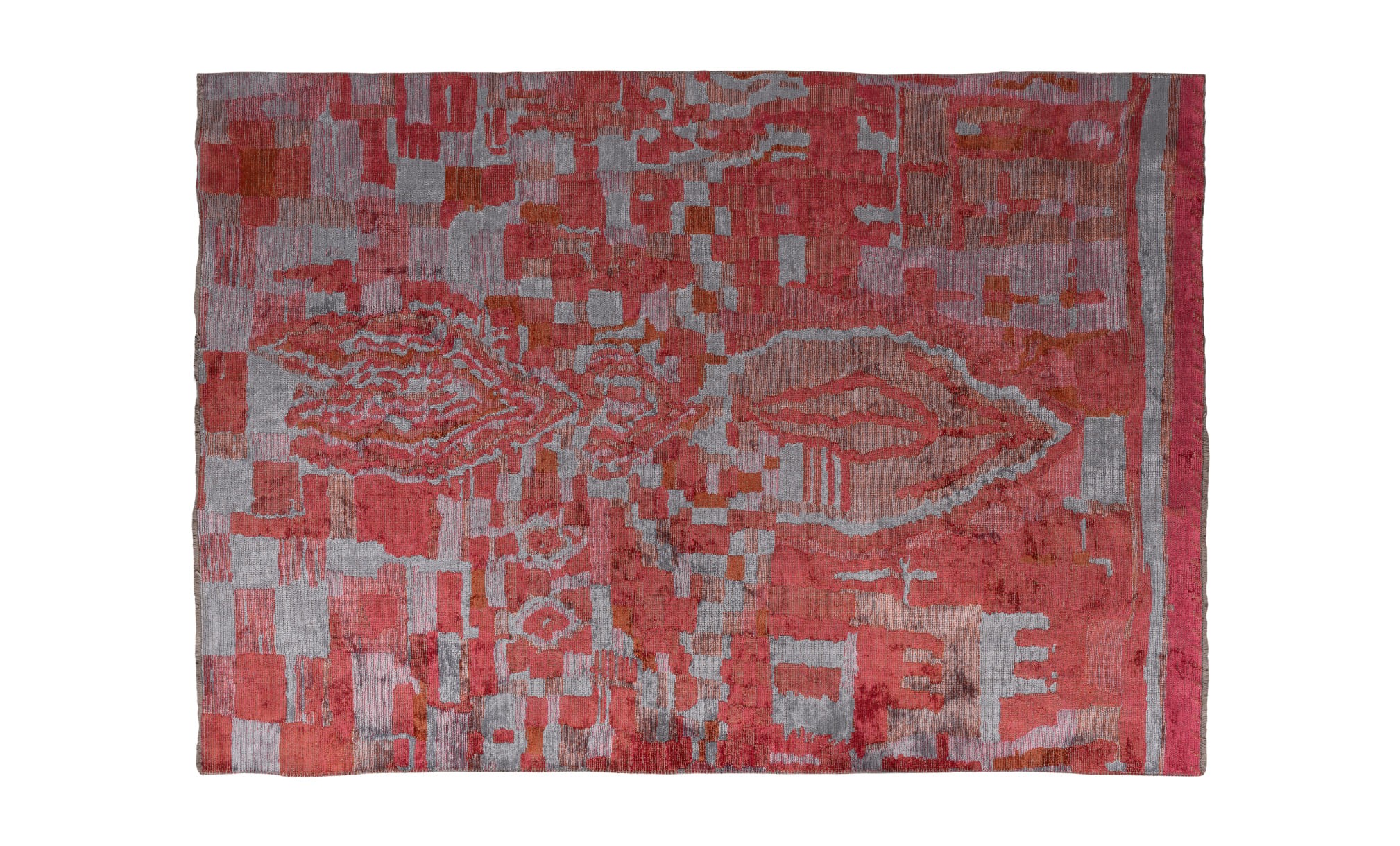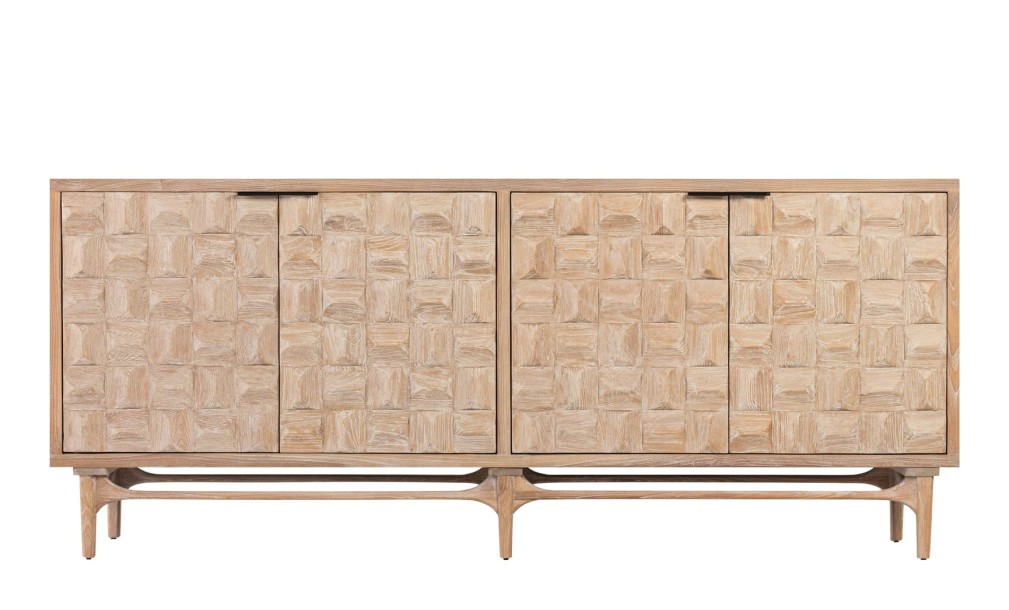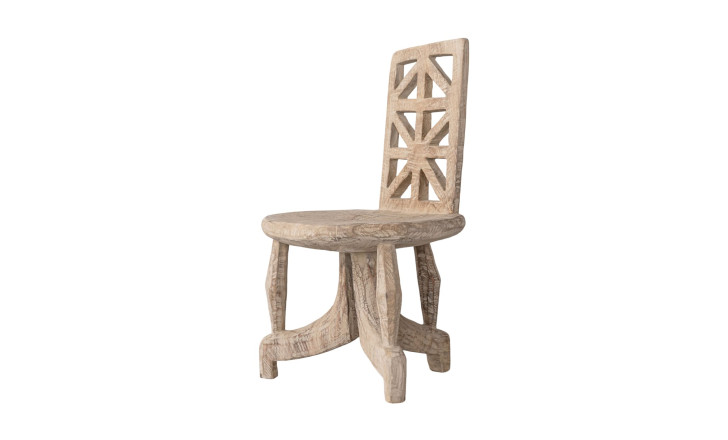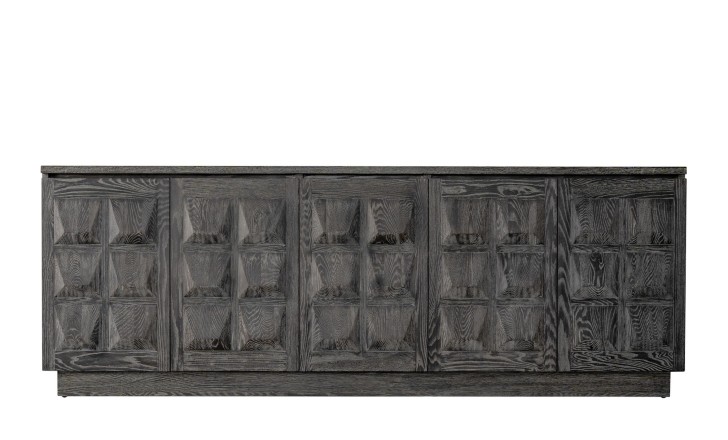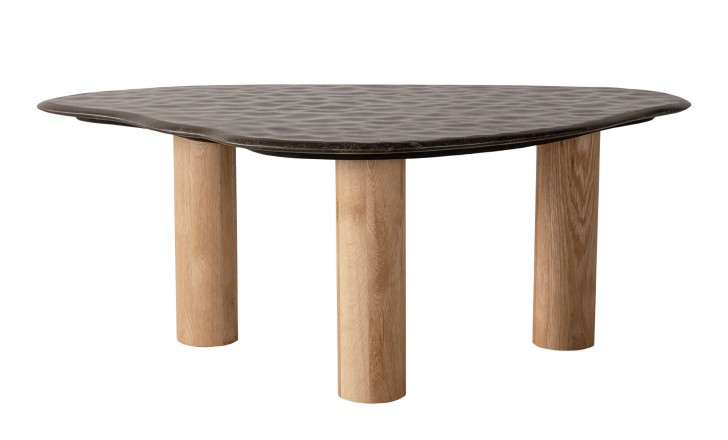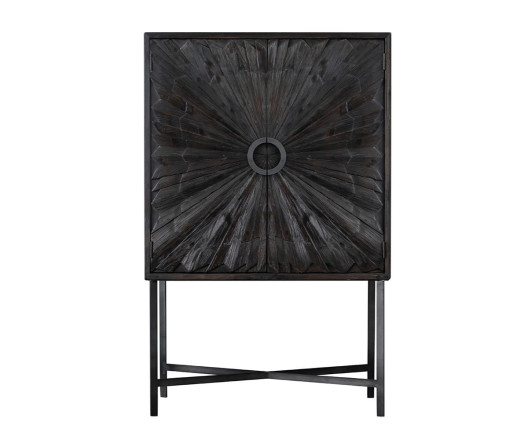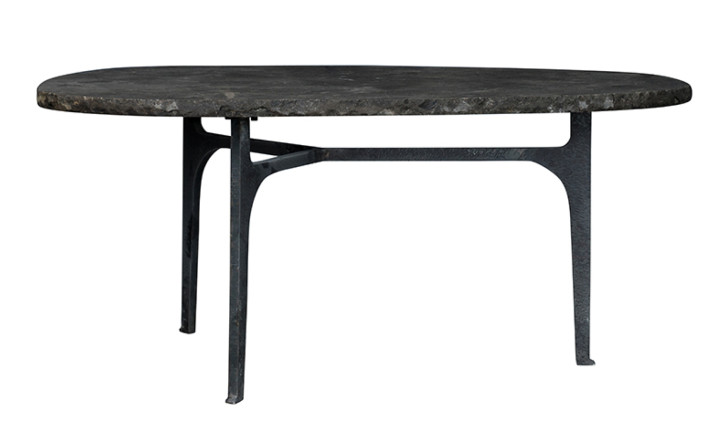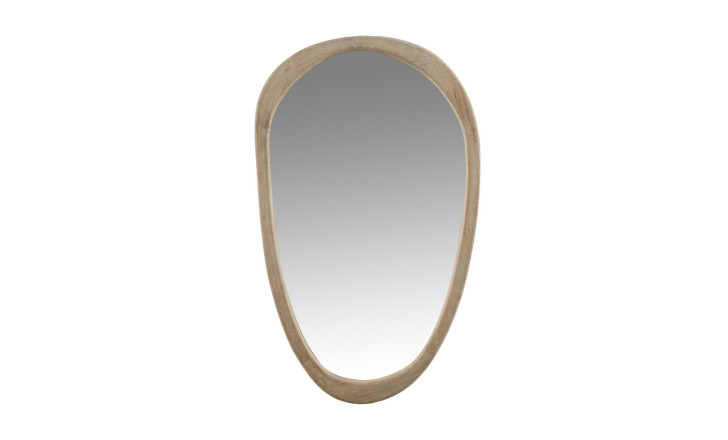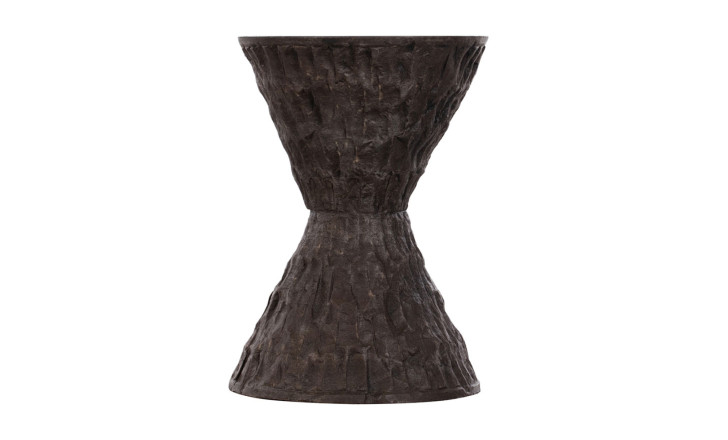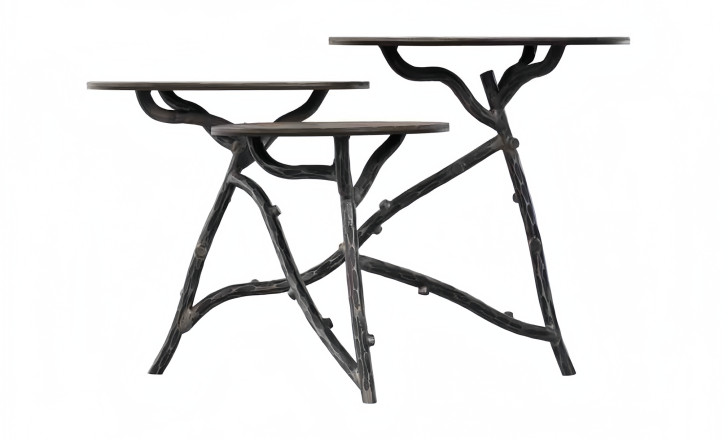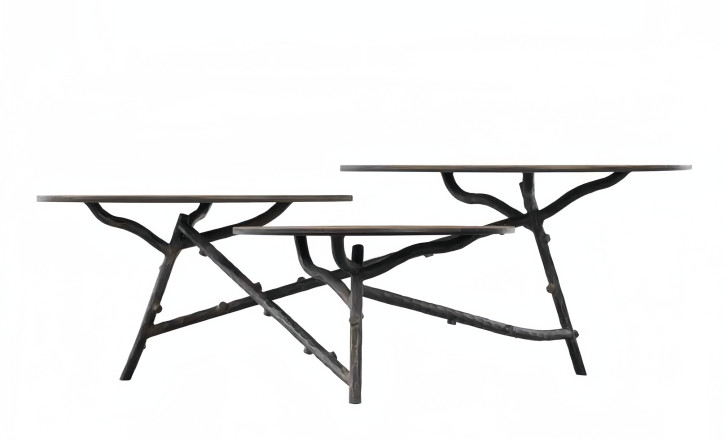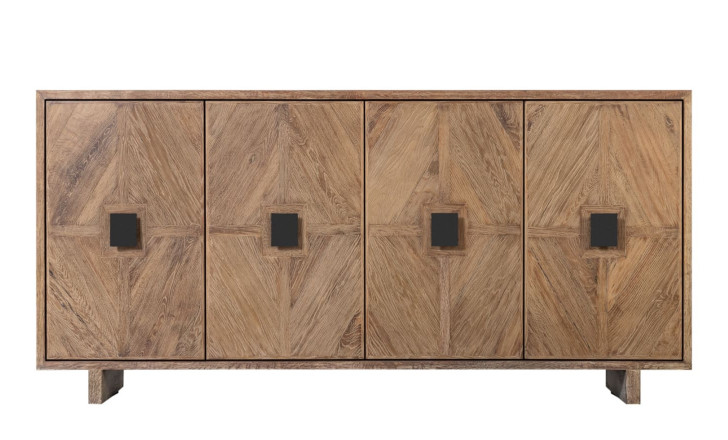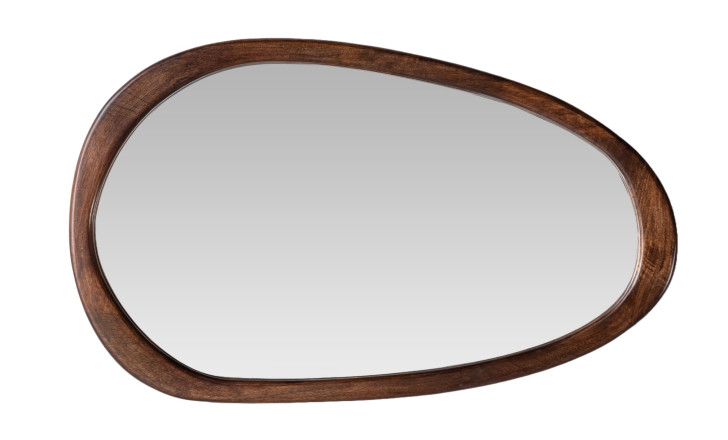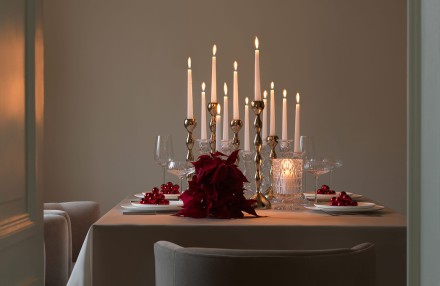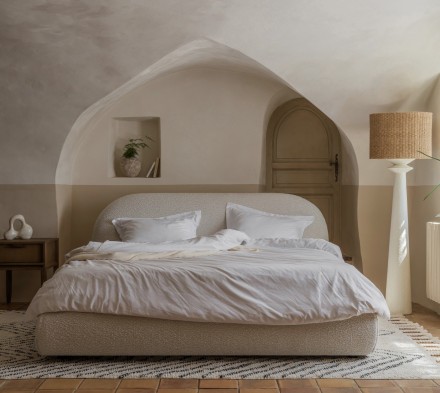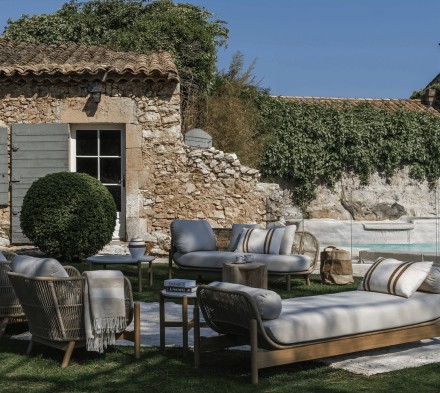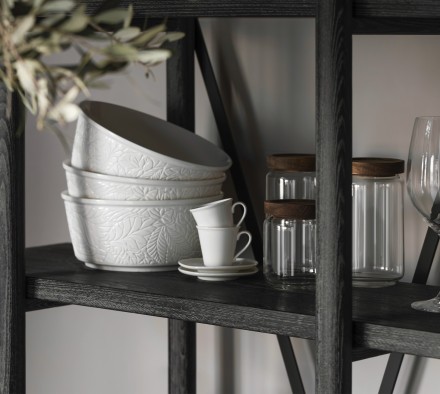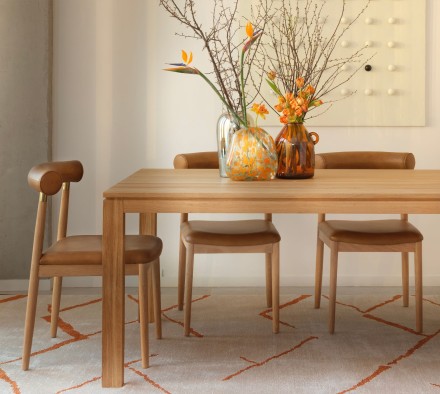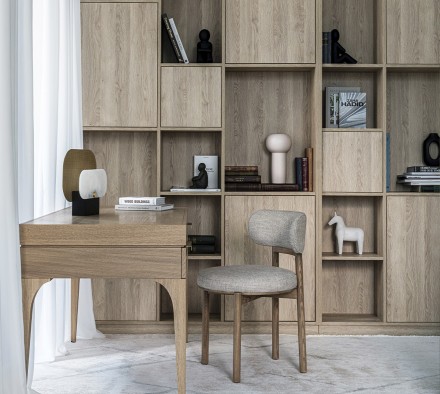Wild Beauty: Why Nature’s Imperfection Shapes the Future of Design
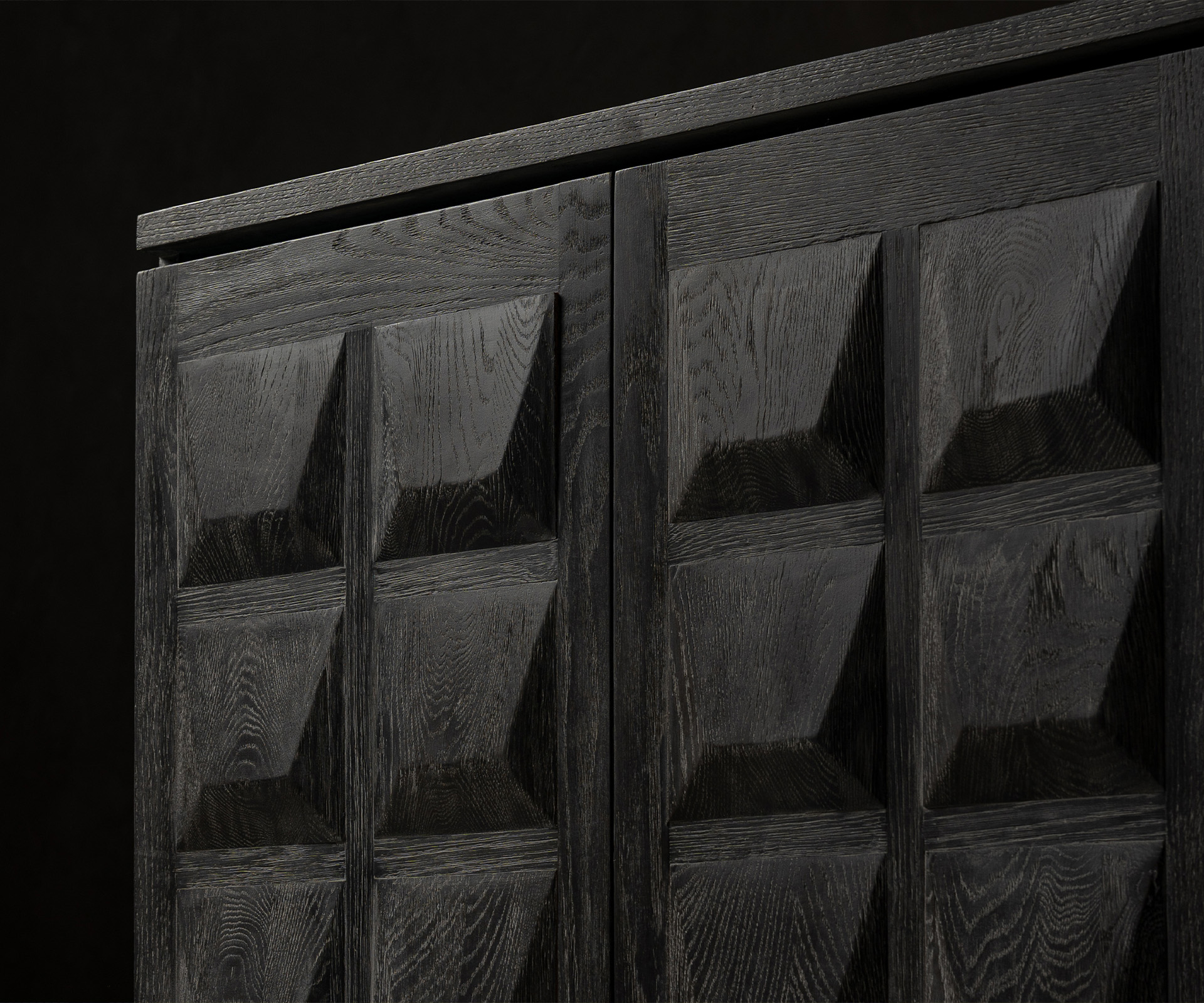
Embracing Emotion Through Form and Texture
There is something profoundly comforting about the unpredictable lines of nature. A jagged edge on a wooden table, a ripple in a hand-formed ceramic bowl — these are the moments that connect us to something older, slower, and more grounded. The shift from sleek minimalism to organic minimalism has texture at its core. Surfaces are becoming more tactile, inviting the hand to linger: matte ceramics, unpolished stone, brushed metal. These materials age beautifully and bear the marks of time — a welcome departure from the pristine and sterile.

Design Inspired by Nature
Designers are increasingly drawing inspiration from the natural world, not to imitate it precisely, but to echo its spirit. Think soft, rounded furniture silhouettes that mirror river stones, lighting inspired by branches, and mirrors with frames that feel more like carved rock than factory polish. Organic forms bring softness to modern spaces — a curving sofa against an architectural wall, or a handwoven rug with an uneven border, creates a dynamic tension that feels alive. Imperfection doesn’t mean chaos — it brings warmth and soul into a space.
The Value of Character
True luxury today is no longer about uniformity, but about uniqueness. It’s in the things that feel crafted, not produced. Imperfection becomes a mark of intention — a reminder that someone made this, that this piece has a story. These are the items that create emotional resonance in a home. Embracing wild beauty means embracing design that is tactile, emotional, and honest. And in that honesty, we find something truly timeless.
